Outstanding Paper Awards 2019
Our annual Outstanding Paper Awards celebrate some of the incredible work published in two of our journals – Materials Horizons and Nanoscale Horizons.
Articles were placed on a shortlist based on a variety of metrics including article downloads, citations and reviewer comments. Members of the journals’ Editorial and Advisory Boards then selected winners from the shortlist. They based their decision on the science presented and their potential future impact.
Please join us in congratulating this year’s winners – for papers published in 2019 – whose work is described below.
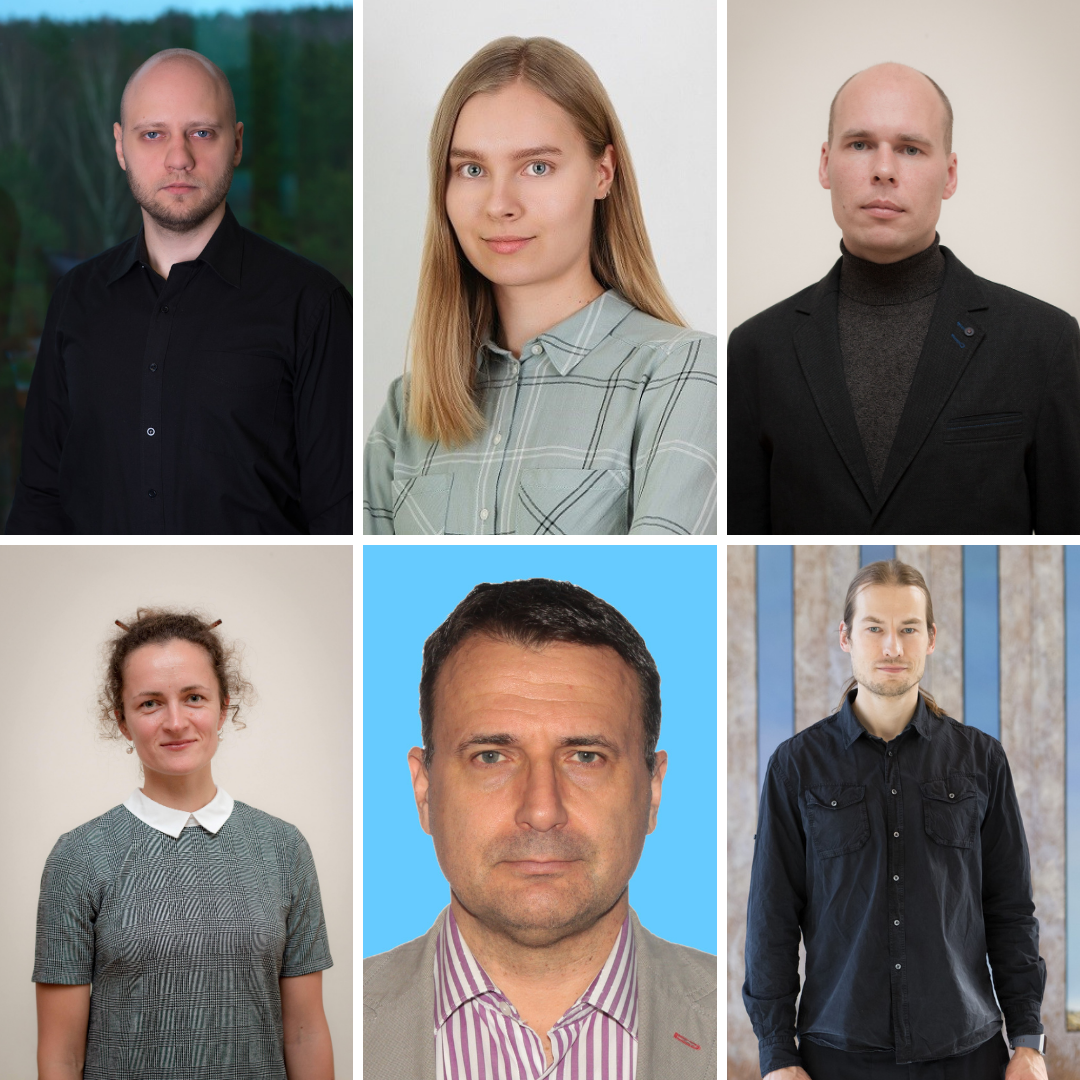
Nanoscale Horizons Outstanding Paper winner 2019
Additive-manufacturing of 3D glass-ceramics down to nanoscale resolution
In this concept paper ultrafast 3D laser nanolithography and calcination were combined to prepare a high-temperature glass-ceramic material. The initial 3D structures with ultra-small (100 nm) feature dimensions out of a hybrid resist SZ2080 were fabricated and then sintered at different temperatures (up to 1500°C in air). Organic components were decomposed and pure inorganic glass–ceramic hybrid was obtained. A proportional downscaling with 40–50% change in volume of the 3D polymerized object took place without the distortion of the size proportions of the initial 3D design. This 3D nano-sintering technique is scalable from nano to micro dimensions and opens a conceptually novel route for optical 3D nano-printing of various crystalline inorganic materials.
The winning author group includes Mr Darius Gailevičius, Viktorija Padolskytė, Dr. Lina Mikoliunaite, Simas Šakirzanovas, Professor Saulius Juodkazis, and Mangirdas Malinauskas.
Nanophotonics Group at Laser Research Center at Vilnius University is well known for its work in the field of 3D laser nano-/microlithography. Scientists from the Department of Applied Chemistry at Vilnius University focusing on materials research and characterization were involved in this project as well. Much of joint experience is based on work with hybrid photopolymers, which combined with thermal posttreatment can transform into ceramic substances retaining their initial 3D features. This collaboration leads to the development of conceptually new technology of additive 3D printing of ultrafine inorganic structures, which can be applied in the field of photonics, currently studied in Swinburne University of Technology (Melbourne, Australia) and made commercially available in the high technology company "Femtika" in Vilnius.
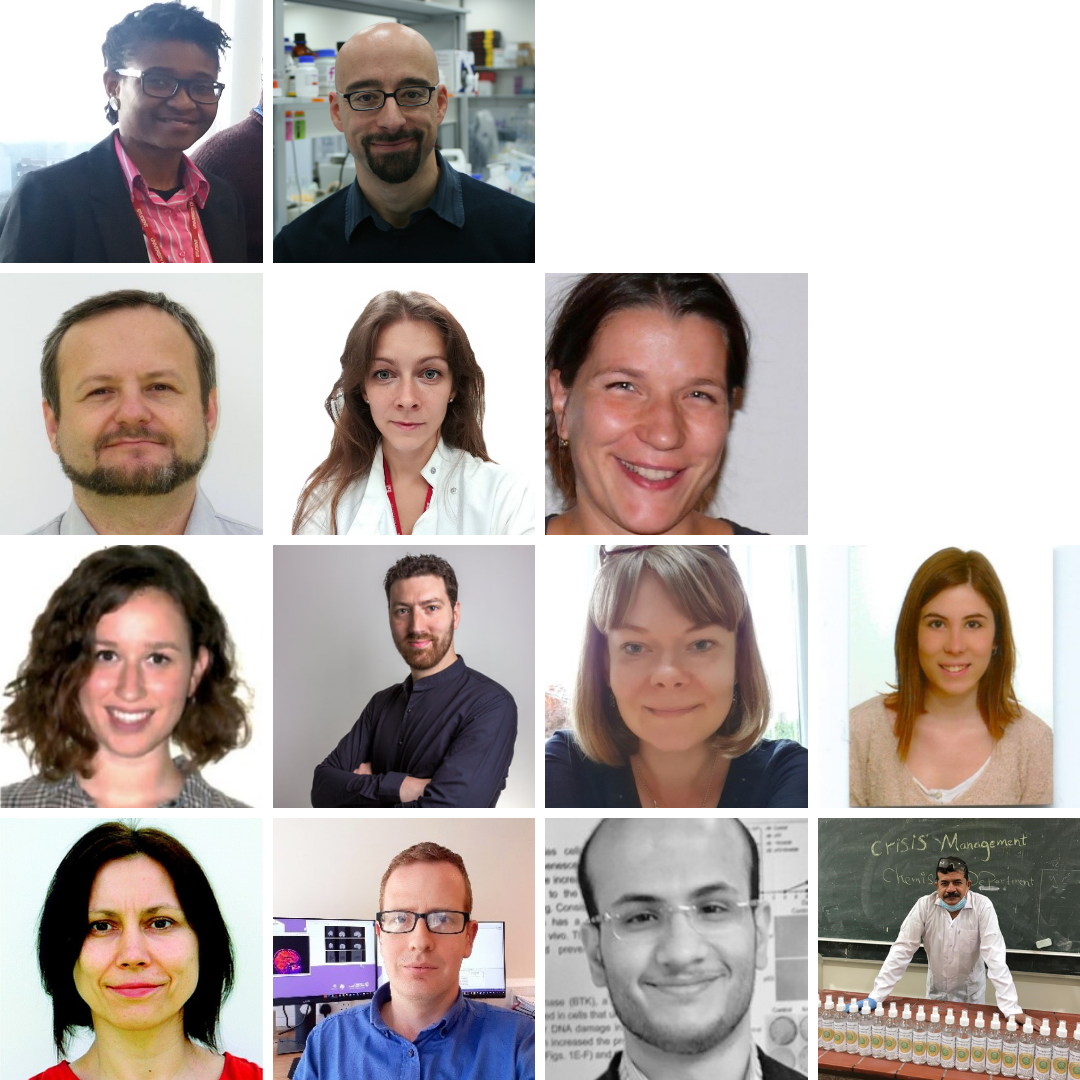
Nanoscale Horizons Outstanding Paper runner up 2019
Detecting and targeting senescent cells using molecularly imprinted nanoparticles
Damaged cells enter senescence, a state of permanent arrest in which they secrete disruptive factors. Accumulation of senescent cells over time has been linked to symptoms associated with age and age-related diseases. Thus, clearing senescent cells has enormous clinical potential. To this end, we designed targeted nanoparticles that specifically deliver a toxic load to senescent cells. These molecularly imprinted nanoparticles kill senescent cells selectively, can be used to detect and track senescent cells in vivo and are not toxic to animals. We propose that they could be a new diagnostic and therapeutic tool to increase health span and lifespan in humans.
The runner up author group includes Dr Salvador Macip included Akang Ekpenyong-Akiba, Francesco Canfarotta, Bashar Hatem Abd, Marta Poblocka, Mireia Casulleras, Laura Castilla-Vallmanya, Gabriella Kocsis-Fodor, Dr Michael Kelly, Justyna Janus, Dr Mohammad Althubiti, Dr. Elena Piletska, Professor Sergey Piletsky and Salvador Macip.
The Mechanisms of Cancer and Ageing Lab, headed by Salvador Macip, has been studying senescence for over a decade and has lately focused on defining new strategies to clear senescent cells. The Piletsky lab offered their molecular imprinting tools to address this issue and Francesco Canfarotta from MIP Diagnostics contributed with his expertise in the area. Together, the three parties designed and produced a nanoparticle with active targeting capabilities that can recognize senescent cells via a specific epitope on their membrane, and this was then tested in different cellular and animal models. The success of this project highlights the importance of multidisciplinary research teams to tackle clinically relevant issues and the vital role that chemistry plays currently in drug discovery and development.
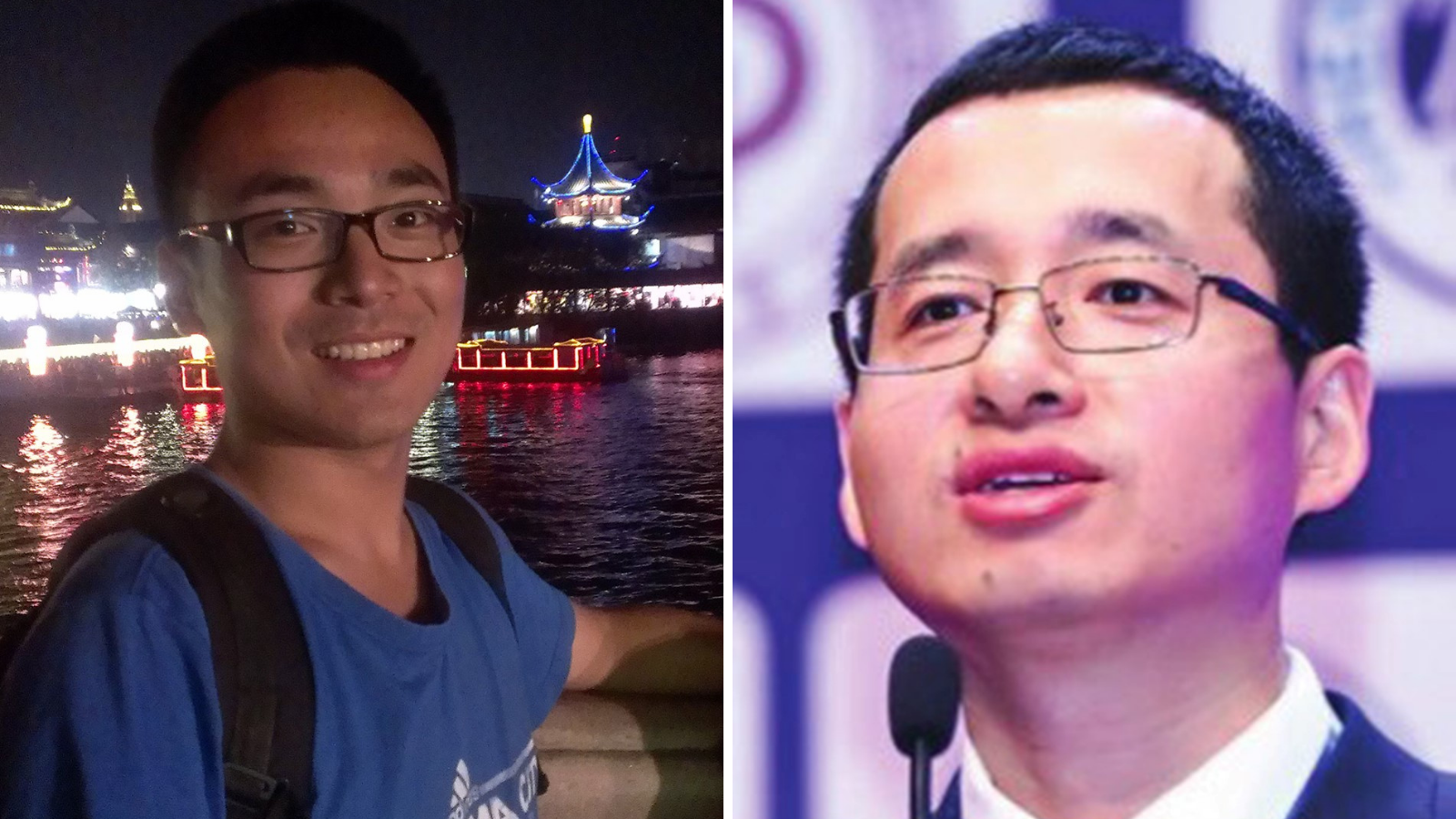
Nanoscale Horizons Outstanding Review 2019
This review highlights recent advances of functional materials with special wettability, outstanding mechanical, optical properties and unidirectional liquid transporting performance, including state-of-the-art fabricating techniques, emerging novel applications, developing trends and directions, as well as challenges.
This review was published by Yihan Sun and Professor Zhiguang Guo.
Prof. Zhiguang Guo's biomimetic materials of tribology (BMT) group continually focuses on the understanding natural phenomena at multiscale surfaces and interfaces, designing and constructing nature-inspired interfacial materials and devices for energy-saving, environmental, biomedical and engineering applications. They first applied inorganic aluminium phosphate in constructing superwetting materials to dramatically enhance robustness, and the developed novel superwetting states and facile fabricating strategy enjoy improvable advantages in various interfacial applications including oil-water separation, fog harvesting, drag reduction and multiphase fluid manipulation.
Yihan Sun received his BS degree (2016) from Qingdao University of Science and Technology. He is currently a doctor’s student in Prof. Guo's biomimetic materials of tribology (BMT) group at Lanzhou Institute of Chemical Physics (LICP), Chinese Academy of Sciences (CAS).
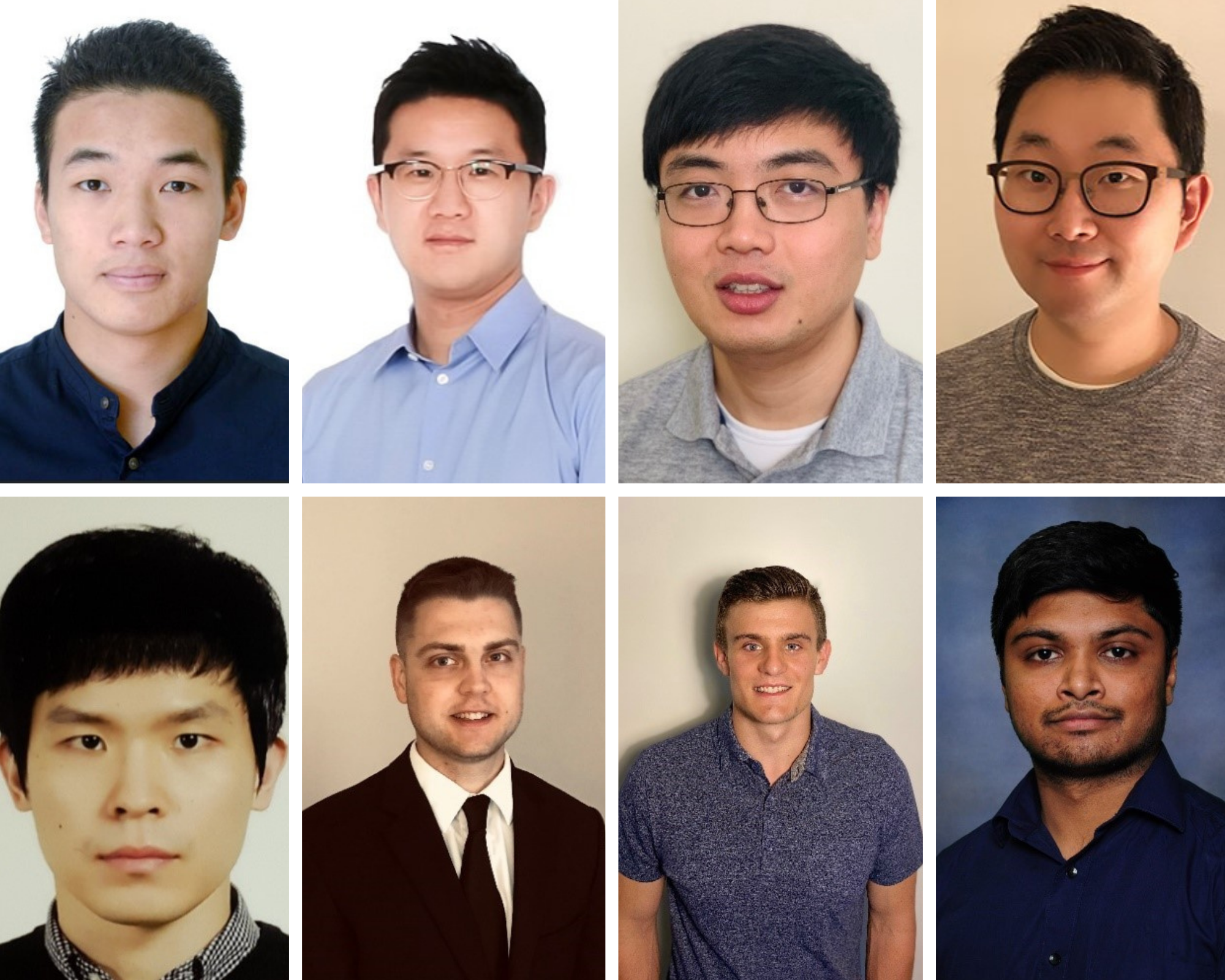
Materials Horizons Outstanding Paper 2019
4D printing reconfigurable, deployable and mechanically tunable metamaterials
In this outstanding article, the authors present an innovative 4D printing approach to create geometrically reconfigurable, functionally deployable and mechanically tunable metamaterials. Produced through digital 3D printing with a shape memory polymer, the lightweight microlattices show extraordinary ability in shifting stiffness and shock absorption by orders of magnitude, as well as in reprogramming of their shapes for a variety of purposes. The authors envision that the new class of programmable architected materials with remarkable versatility and adaptability may lead to a broad range of smart engineering applications.
The winning author group includes Chen Yang, Manish Boorugu, Andrew Dopp, Jie Ren, Raymond Martin, Daehoon Han, Wonjoon Choi and Howon Lee.
Professor Howon Lee's research group at Rutgers explores fundamental science at the intersection of mechanics, materials science, and engineering physics, with particular focus on developing innovative additive manufacturing technologies for soft functional materials. With novel materials, designs, and process technologies, the group explores new engineering applications in a broad range of areas including 3D/4D printing, metamaterials, soft robotics, and biomedical devices.
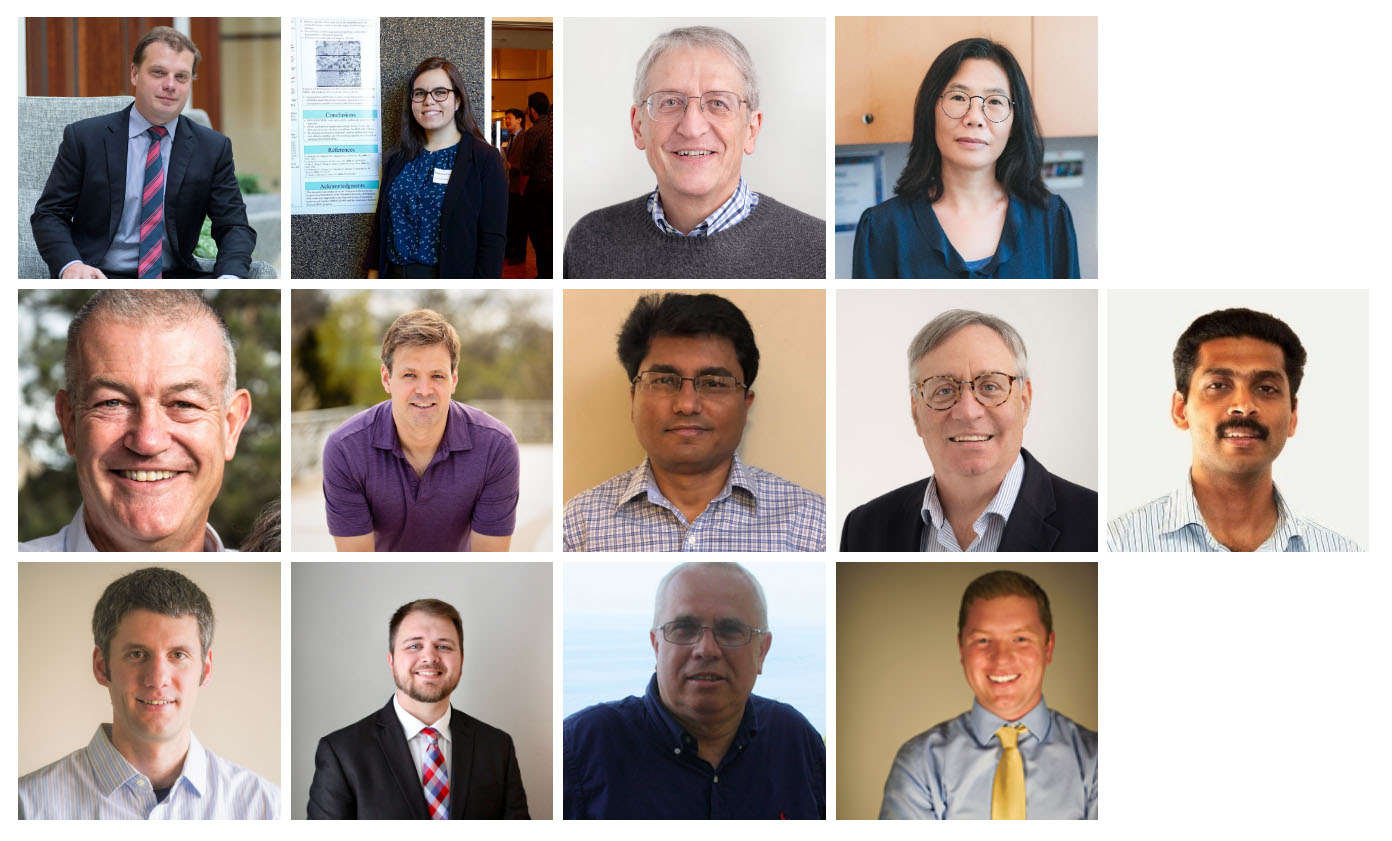
Materials Horizons Outstanding Paper 2019 Runner-up
In this paper, the authors discuss two-dimensional (2D) fully pi-conjugated covalent organic frameworks (COFs), which are promising electrically active organic materials. Taking an approach combining synthesis and computational design with thorough theoretical and experimental characterization, they underline the potential of 2D COFs based on porphyrin cores and diacetylenic linkers to achieve ambipolar charge-carrier transport, with carrier mobilities that could approach 100 cm2/(V.s). They also emphasize that electron-vibration couplings play an essential role in all pi-conjugated 2D organic systems. Finally, the authors highlight the critical importance of synthesizing large 2D COF crystallites to take advantage of these properties.
The runner up author group includes Simil Thomas, Hong Li, Raghunath R. Dasari, Austin M. Evans, Ioannina Castano, Taylor G. Allen, Obadiah G. Reid, Garry Rumbles, William R. Dichtel, Nathan C. Gianneschi, Seth R. Marder, Veaceslav Coropceanu and Jean-Luc Brédas.
The results described in the article are the outcome of extensive collaborative undertakings under the umbrella of the Center for Advanced Two-dimensional Organic Networks (CATON). The work was initiated by joint computational design / synthetic efforts at Georgia Tech in the Bredas and Marder groups. In the next stage, thorough structural characterizations of the synthesized zinc-porphyrin COFs took place at Northwestern in the Dichtel and Gianneschi groups and involved powder X-ray diffraction, high-resolution transmission electron microscopy, and surface area analysis. Finally, steady-state and flash-photolysis time-resolved microwave conductivity measurements conducted in the Rumbles group at NREL were indicative of extended pi-conjugation in the zinc-porphyrin COF. It is only through such collaborative efforts that a comprehensive description was reached, pointing to pi-conjugated 2D COFs based on porphyrin cores and diacetylenic linkers as organic semiconductors with potentially record-high in-plane charge-carrier mobilities.

Materials Horizons Outstanding Review 2019
Stimuli-responsive polymers for sensing and actuation
In this review, Liang et al. details the various synthetic routes for generating stimuli-responsive polymers, and cutting-edge examples of their use for sensing and actuation. Stimuli-responsive polymers that are able to respond to a variety of external stimuli, including physical (i.e. temperature, light, and electricity) and chemical (i.e. pH, biomolecules, and CO2) signals are detailed. Numerous examples of harnessing these responsivities for sensing/actuation are presented, which can have profound impacts of human health and behavior. While stimuli-responsive polymers have been known for some time, their ability to mimic nature has yet to reach its full potential
The winning review author group includes Liang Hu, Qiang Zhang, Xue Li and Michael J. Serpe.
Having all been in the Serpe Group over the same time period, the authors on this paper are still in close contact with one another. Profs. Liang Hu and Qiang Zhang have used the expertise gained in Prof. Serpe’s group to build their own research groups and programs, where they are training the next generation of stimuli-responsive polymer researchers at their respective institutions. Prof. Serpe is a frequent visitor of China, and to Prof. Liang Hu’s and Prof. Qiang Zhang’s labs, which keeps the lines of communication and collaboration open. This close and continuing mentorship of, and friendship with, former Serpe Group personnel is one of the most fulfilling parts of Prof. Serpe's job, and is what led to the publication of this joint review.
Inclusion & Diversity statement for Horizons Outstanding Paper awards
The Royal Society of Chemistry is committed to supporting and improving inclusion and diversity in the chemical sciences, and this extends to our Outstanding Paper awards. As part of our ongoing response to key findings of the independent Review of Recognition, which we commissioned in 2018, we are undergoing the biggest overhaul of our awards portfolio in its 150 year history.
Our five-point action plan provides a roadmap to broadening what we recognise, and the ways in which we do so. Specifically for our Horizons Outstanding Paper awards, going forward we will be placing a greater emphasis on teams and collaborations.
We recognise that we need to do more to foster inclusion and diversity not only amongst our award winners and authorship, but also in other areas of the publishing process. Along with over 25 other publishing organisations, we have made a Joint commitment for action to set a new standard to ensure a more inclusive and diverse culture within scholarly publishing. Our framework for action maps out the steps we will take to minimise bias in the publishing process and later this year we will publish our Diversity Data Report 2020 which will include our current assessment of diversity amongst our authors, reviewers and editors and allow us to continue our work to improve this through measureable actions.